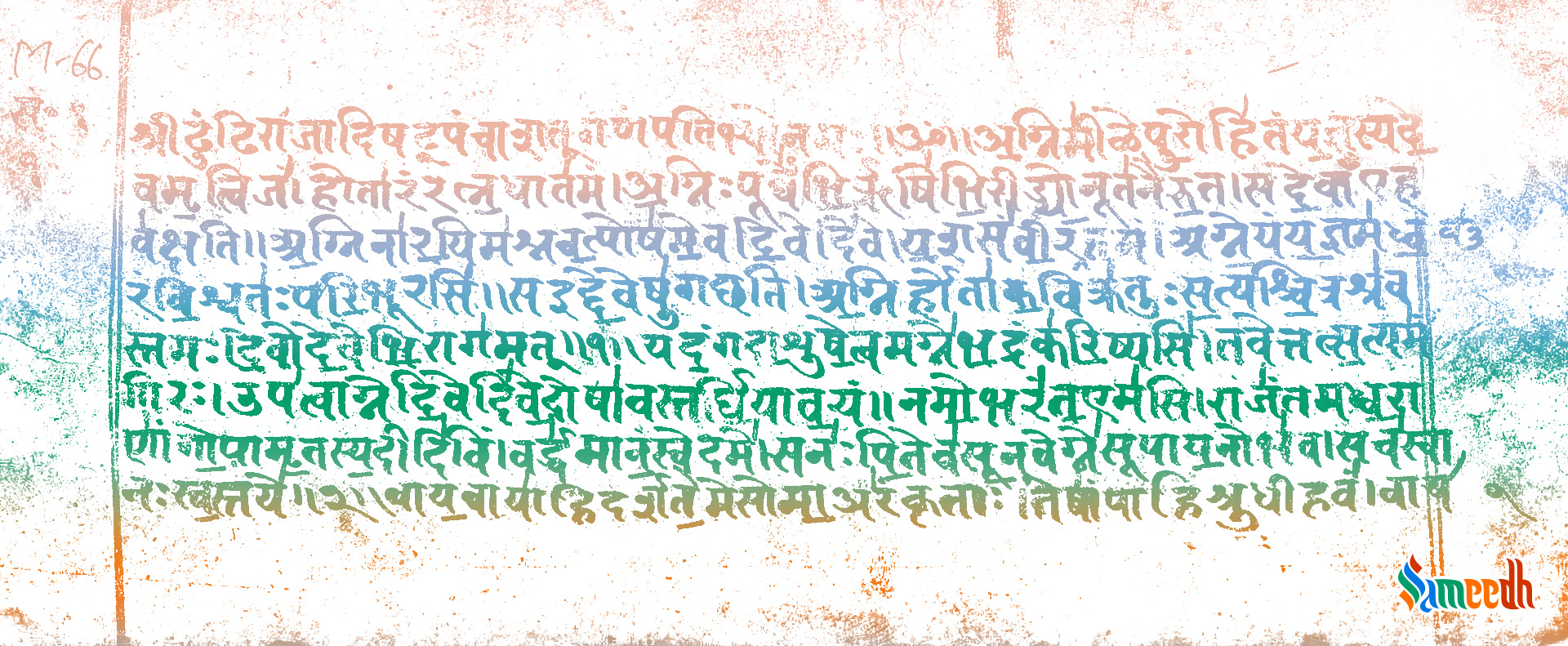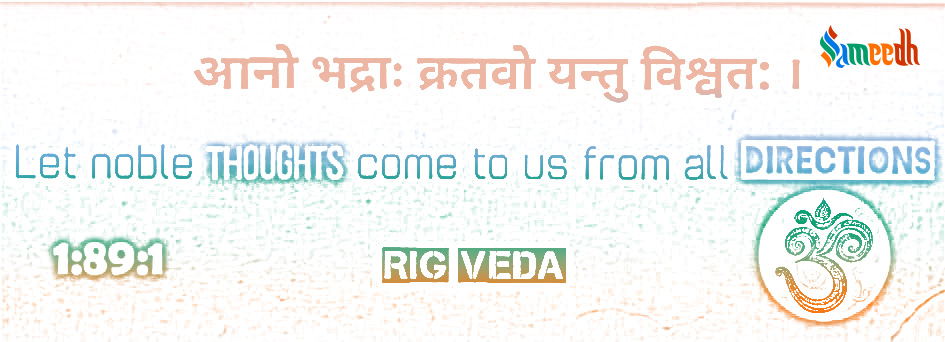Learn the stories of our culture and how the world came into being from the oldest and the richest source: Rigved.
Vedas, usually known as impersonal and authorless, are a few of the oldest and sacred most parts of our culture. These oldest-known Vedic Sanskrit texts originated from ancient India and are the scriptures that are used even today in some parts of the world. Unlike Ramayan and Mahabharat, which are Smritis and were written down before they were passed, Vedas are what we call Sruti or that which is heard. They were passed down from generation to generation orally before someone decided to write them down. These were usually narrated or heard by great Sages after years of intense meditation. The earliest of Vedas are credited to have been transmitted since the second millennium BCE. Rigved, the oldest known Sanskrit Veda, is a collection of Vedic Sanskrit hymns (sktas) from ancient India. It is one of the four sacred canonical Hindu books (sruti) known collectively as the Vedas.

The Breakdown
The Rigved primarily contains songs dedicated to Vedic Gods such as Agni (Fire God), Indra (Lord of the Heavens), Mitra, Varuna (Water God), Surya (Sun God), and others. Riks are the name given to these hymns. As a result, the Veda is known as Rik-Ved or RigVed.
The fundamental text is the Rigved Samhita, a collection of 10 books (maalas) including 1,028 hymns (sktas) in around 10,600 verses. The hymns in the first eight books — Books 2 through 9 – mostly explain cosmology, rites, rituals, and glorify deities. The more modern books (Books 1 and 10) address philosophical or speculative concerns, virtues such as dna (charity) in society, questions about the genesis of the cosmos and the nature of the divine, and other metaphysical issues.
The History & Current Use
The Suktas, or stories found in the Rigved, were a mirror of Hindu philosophy and ideology. They were employed at marriages and other religious rituals for ritualistic purposes. Various unique variants of the Suktas were designed to ward off illness and other sorts of negativity in one’s life. Some of its words are still chanted during Hindu rites of passage events (including marriages) and prayers, making it the world’s oldest religious scripture still in use.

The hymns and lyrics are mainly focused on the praise and worship of deities, but they also have a philosophical and thought-provoking framework. These problems are addressed in hymns that address current societal issues. To this day, the compilation is regarded as sacred and devout, and it is extremely important in Hindu culture. It takes priority over all religious texts written in subsequent centuries.
It’s fascinating to hear that the Rigveda was not written down until the fourth century AD, but that it was nonetheless preserved within the Hindu tradition. The oldest Vedic manuscript is written in Brahmi script, which was the most widely spoken dialect at the time the language was written down. During the Vedic period, the Rigveda, a centrally important religious pillar, took shape. The Veda gained tremendous importance as a result of its wealth of information, as it still does in Hinduism today.
